Deeply twisted: Michaël Borremans goes to the dark side in new London show
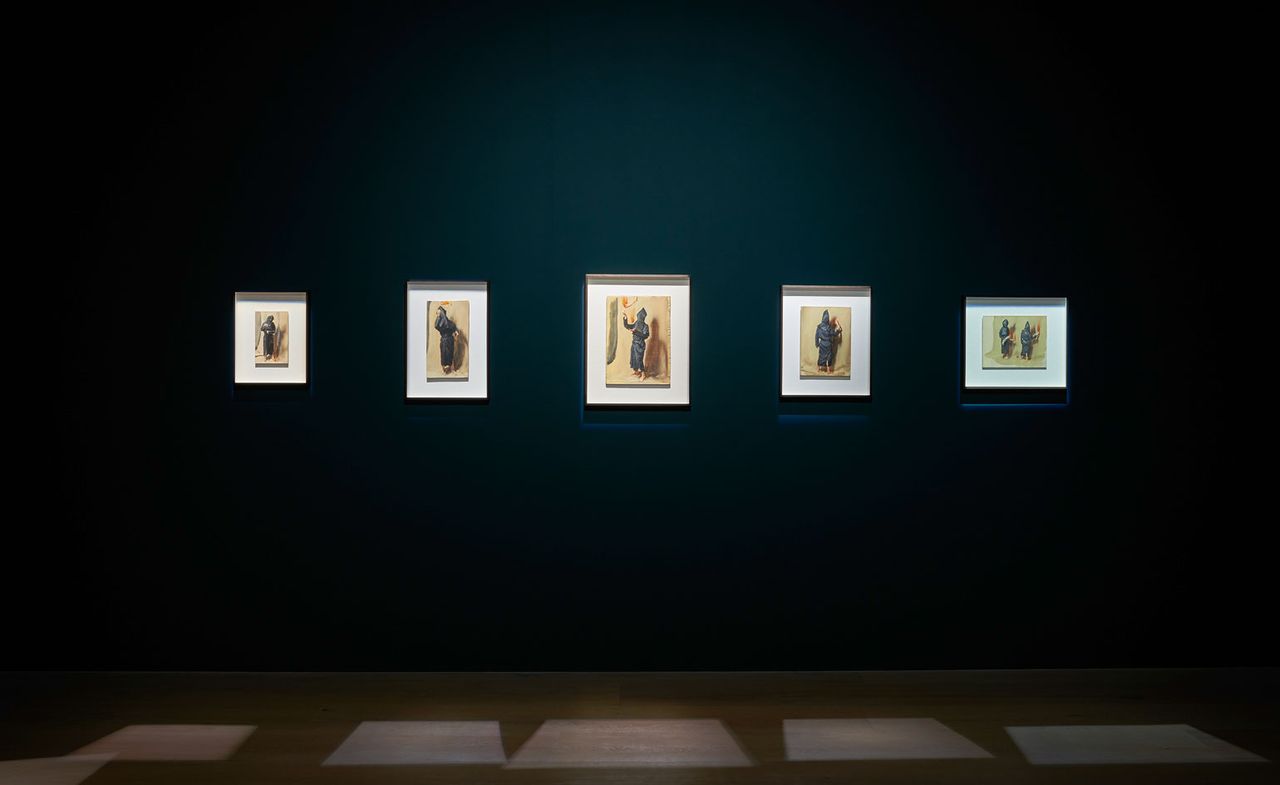
London’s David Zwirner gallery presents new works by the Belgian artist Michaël Borremans. Titled 'Black Mould', the collection of paintings depicts a series of sinister hooded figures, whose silhouettes appear familiar yet enigmatic. Painted with the technical flair and colour sensibility of a Flemish master, Borremans’ subjects are outfitted in costumes inspired by puppet players of the Japanese Bunraku theatre tradition, while also recalling tribal dress, the Catholic church and the Ku Klux Klan.
We chatted with Borremans on the eve of the exhibition’s opening, during a reception in his honour held at the Belgian Ambassador’s residence in London.
‘It’s different than what I have been doing before – this is more disturbing and dangerous,’ admits the painter, whose body of work includes solemn portraits and still-lives usually delivered in less dramatic tones. ‘This work is really reflecting of the world today,’ he explains, noting how his black figurines perform a ‘danse macabre’ which represents the dark side of humanity. The starting point was provided by a Bunraku costume that had been hanging in his studio for years, serving as a silent inspiration. ‘In Japanese puppet theatre, you usually don’t see these costumes, as they are against a black background,’ the artist says. ‘I wanted to bring them upfront to become the main characters.’
The first part of the exhibition features 16 tableaux, each depicting a dancing figure: a series, Borremans tells us, painted while listening to the American rock band Jon Spencer Blues Explosion. One song in particular, Black Mould, also inspired the exhibition title.
A second series depicts the same characters in larger contexts, performing more outré acts such as juggling fiery limbs and having anal sex. The small scale of some of the paintings (at 10 x 12 inches, they're much smaller than the rest of Borremans’ work) enhance the feeling of toy figurines playing a twisted game with an open-ended narrative, and adds a further dimension to his mysterious depiction of human nature.
It’s a body of work which develops as each layer is unveiled: the challenging, almost disturbing first impact is softened as the humorous context of Borremans’ inspiration is revealed.
For the show, he has transformed the gallery into a dark and foreboding space – presenting his works on a deep bottle-green background with minimal illumination. A small hardcover catalogue exquisitely designed by the artist with his long-term graphics collaborator, designer Kim Beirnaert, accompanies the show – a perfectly formed document of this memorable body of work.
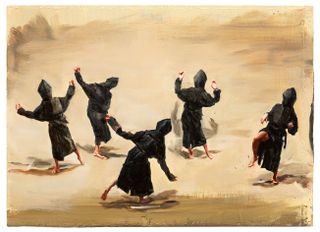
Faceless silhouettes shrouded in black move in a manic and ritualistic way, leaving the viewer with nothing but an uncomfortable feeling of confusion as to their intent.
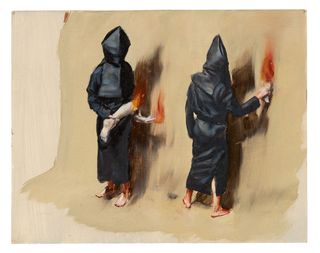
A second series depicts the same characters in larger contexts, acting out gross, disturbing acts including juggling fiery limbs and copulation.
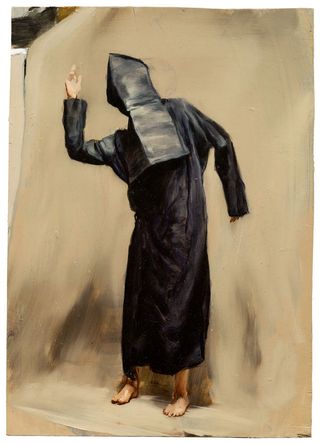
Defined by their mechanical movement, Borremans' figures take inspiration from the operator costumes of Japanese bunraku theatre. Though usually invisible against a dark background, here the artist shifts the focus and drags them into the light.
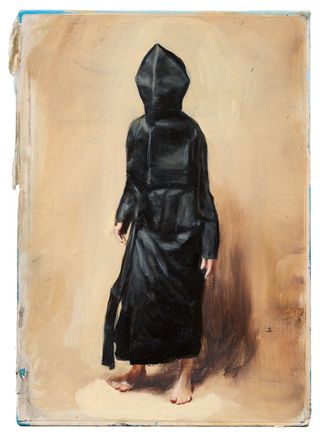
'This work is really reflecting the world of today,' says Borremans, who describes the series as both 'disturbing and dangerous'.
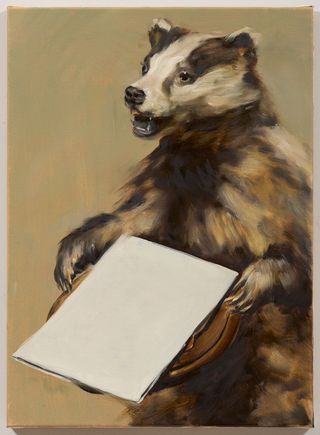
Other idiosyncratic pieces, such as The Badger's song – an anthropomorphic re-envisioning of the titular animal – complement the series' disorientating atmosphere; as a whole, the works create a sense of profound discomfort and unease.
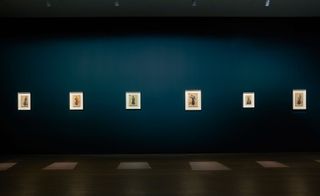
Placed on a dark navy-blue background, the artworks stand out in the darkness and remain isolated from each other, as if to further emphasise the eerie sense of disquietude.
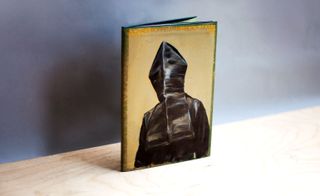
A small hardcover catalogue designed by Borremans with his long-term graphics collaborator, designer Kim Beirnaert, accompanies the show.
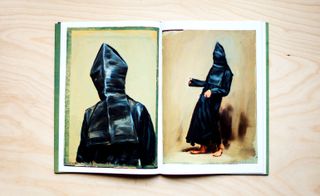
The publication is a perfectly formed, encyclopaedic contribution to the artist's body of work.
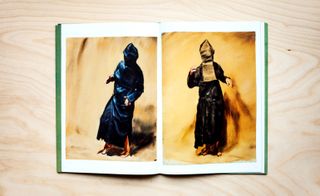
The show's figures play a twisted game with an open-ended narrative, adding a new, mysterious dimension to Borreman's existing depictions of human nature.
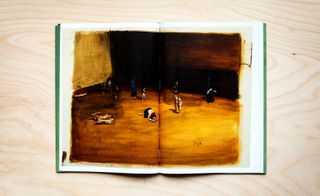
Borreman's bizarre tableaux maintain a grim theatricality, seemingly following a dark symbolic language incomprehensible to the viewer.
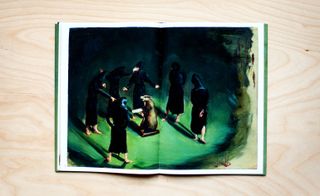
Painting has remained a cental tenet in the Borreman's practice, a means of creating a simplistic visual world full of temporally disjointed figures (here engaged in inexplicable acts).
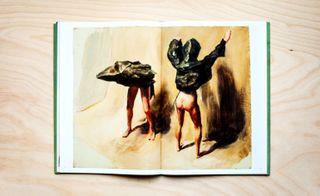
The provocative, disturbing actions of the artist's images are often set against a blank background, reminiscent of an empty artist's studio.
ADDRESS
David Zwirner London
24 Grafton Street
London W1S 4EZ
Wallpaper* Newsletter
Receive our daily digest of inspiration, escapism and design stories from around the world direct to your inbox.
Rosa Bertoli was born in Udine, Italy, and now lives in London. Since 2014, she has been the Design Editor of Wallpaper*, where she oversees design content for the print and online editions, as well as special editorial projects. Through her role at Wallpaper*, she has written extensively about all areas of design. Rosa has been speaker and moderator for various design talks and conferences including London Craft Week, Maison & Objet, The Italian Cultural Institute (London), Clippings, Zaha Hadid Design, Kartell and Frieze Art Fair. Rosa has been on judging panels for the Chart Architecture Award, the Dutch Design Awards and the DesignGuild Marks. She has written for numerous English and Italian language publications, and worked as a content and communication consultant for fashion and design brands.
-
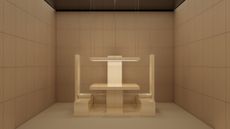 Emerging galleries to discover during Milan Design Week
Emerging galleries to discover during Milan Design WeekWallpaper’s Milan editor has the inside track on the younger design galleries coming to town
By Laura May Todd Published
-
 Exploring this whimsical North London home feels like going down the rabbit hole
Exploring this whimsical North London home feels like going down the rabbit holeWallpaper* series, The Inside Story, spotlights intriguing, exciting or innovative interiors. OntheSq is the result of a renovation of a beautiful period property, which has been dressed in a mélange of designs loosely inspired by 'Alice in Wonderland'
By Anna Solomon Published
-
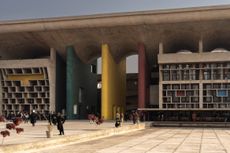 This ‘architourism’ trip explores India’s architectural history, from Mughal to modernism
This ‘architourism’ trip explores India’s architectural history, from Mughal to modernismArchitourian is offering travellers a seven-night exploration of northern India’s architectural marvels, including Chandigarh, the city designed by Le Corbusier
By Anna Solomon Published
-
 Takashi Murakami and Ryan Murphy headline Wallpaper* November 2023
Takashi Murakami and Ryan Murphy headline Wallpaper* November 2023In the Wallpaper* November 2023 Art Special, discover Takashi Murakami’s pandemic-inspired creatures, producer Ryan Murphy’s Hollywood HQ, 20 years of Frieze and more, on newsstands today
By Sarah Douglas Published
-
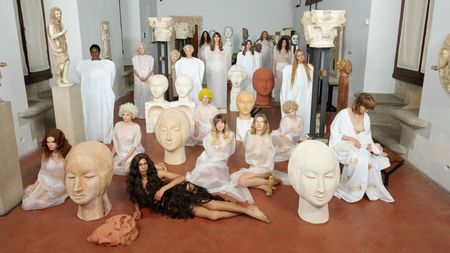 Vanessa Beecroft’s ethereal performance and sculpture exhibition explore Sicily’s cultural history
Vanessa Beecroft’s ethereal performance and sculpture exhibition explore Sicily’s cultural historyAt the historic Palazzo Abatellis, Sicily, Vanessa Beecroft has unveiled ‘VB94’, a new tableau vivant comprising a one-time performance and a new series of sculptures, the latter on view until 8 January
By Hili Perlson Published
-
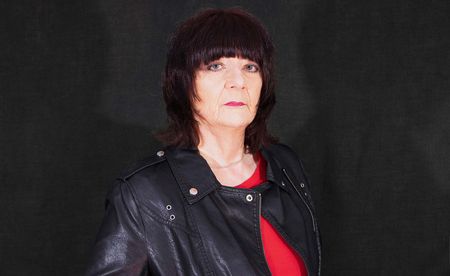 Subversive artist Cosey Fanni Tutti on individuality and annihilating limitations
Subversive artist Cosey Fanni Tutti on individuality and annihilating limitationsFollowing the launch of her new book Re-Sisters, we speak to Cosey Fanni Tutti about conquering fear through action, stepping into the unknown, and the secret to making art that matters
By Mary Cleary Last updated
-
 Can the Marina Abramović Method change your life?
Can the Marina Abramović Method change your life?Lady Gaga and Jay-Z are among those who have followed the Abramović Method to reach higher creative consciousness. Now, the artist’s iconic approach has been translated into a series of instruction cards for all. If you don’t try, you’ll never know
By Harriet Lloyd Smith Last updated
-
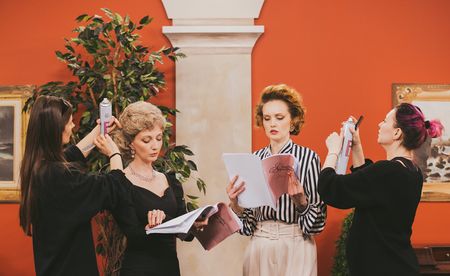 Ragnar Kjartansson’s dramatic soap opera inaugurates GES-2 in Moscow
Ragnar Kjartansson’s dramatic soap opera inaugurates GES-2 in MoscowIcelandic artist Ragnar Kjartansson inaugurates the much-anticipated V-A-C Foundation’s GES-2 House of Culture in Moscow. Santa Barbara – A Living Sculpture is a bold, theatrical work that examines the relationship between Russia and the US
By Amah-Rose Abrams Last updated
-
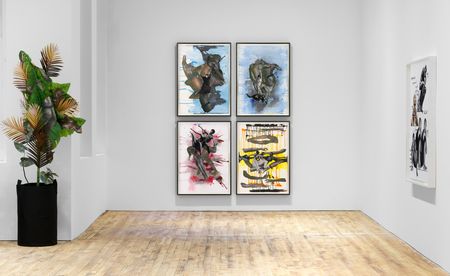 Ebony L Haynes shakes up tradition at David Zwirner’s new Manhattan outpost
Ebony L Haynes shakes up tradition at David Zwirner’s new Manhattan outpostAt David Zwirner’s new downtown New York space, 52 Walker, director Ebony L Haynes is restyling the traditional gallery model in an incubator for experimentation
By Pei-Ru Keh Last updated
-
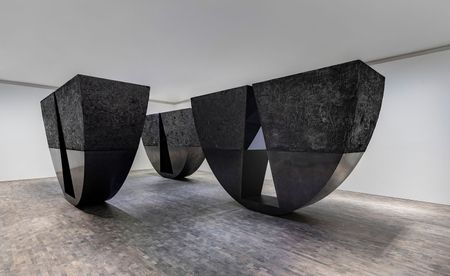 Torkwase Dyson and Mark Rothko inaugurate Pace gallery’s new London home
Torkwase Dyson and Mark Rothko inaugurate Pace gallery’s new London homeJust in time for Frieze Week 2021, Pace has opened its much-anticipated Hanover Square gallery with shows by Torkwase Dyson and Mark Rothko
By Harriet Lloyd-Smith Last updated
-
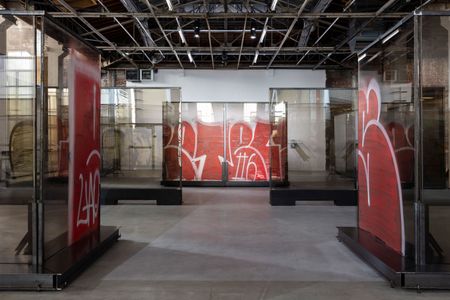 Anne Imhof: body language as tool, canvas and concept
Anne Imhof: body language as tool, canvas and conceptAnne Imhof is one of five radical artists chosen by Michèle Lamy for Wallpaper’s 25th Anniversary Issue ‘5x5’ project. In the midst of Imhof’s carte blanche at Paris’ Palais de Tokyo, we explore how she has redefined the concept of body language
By Harriet Lloyd-Smith Published